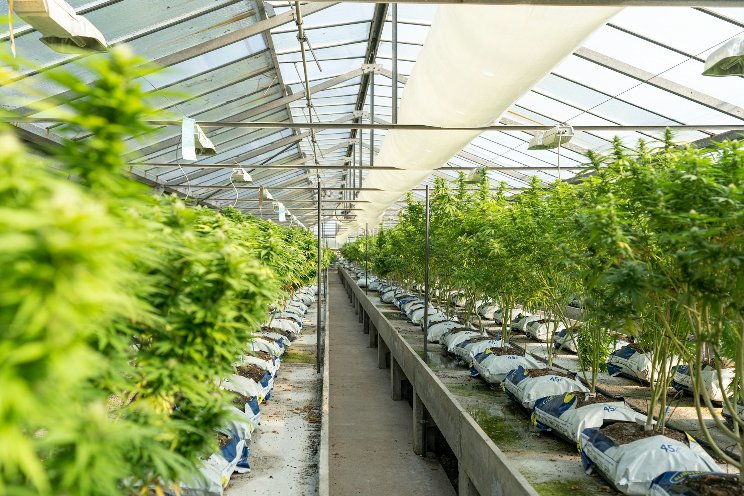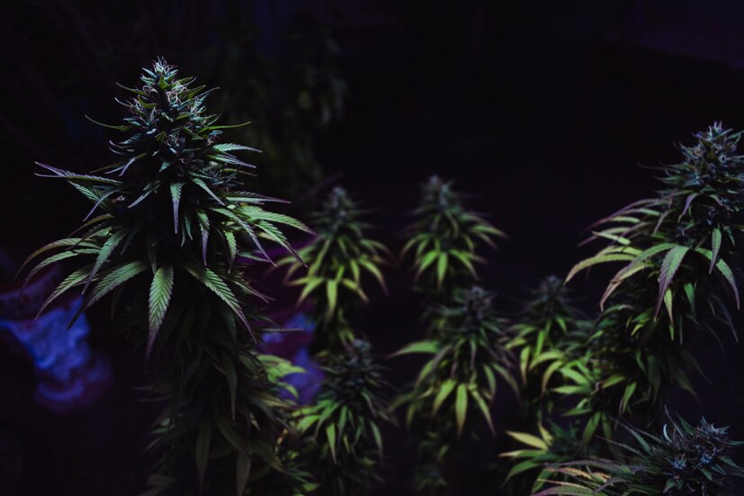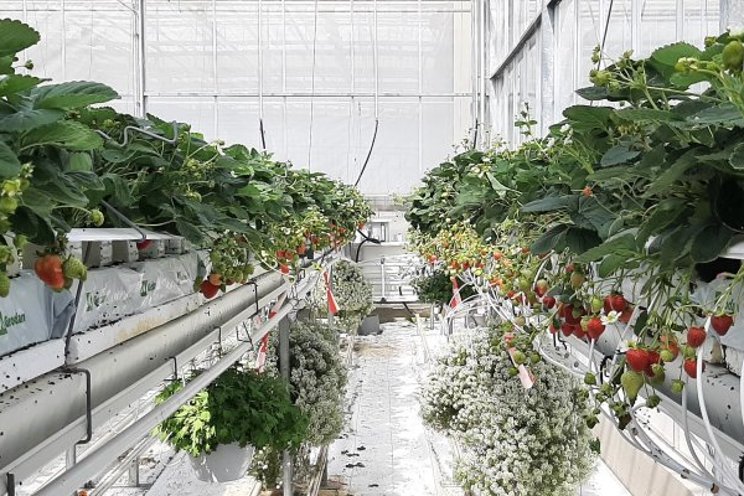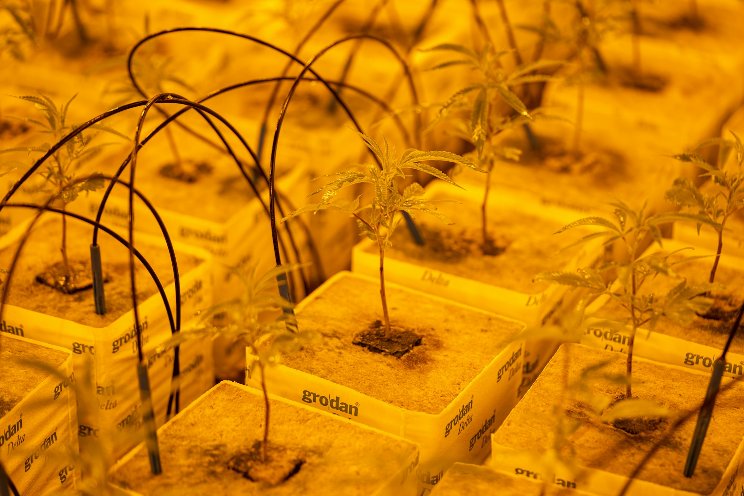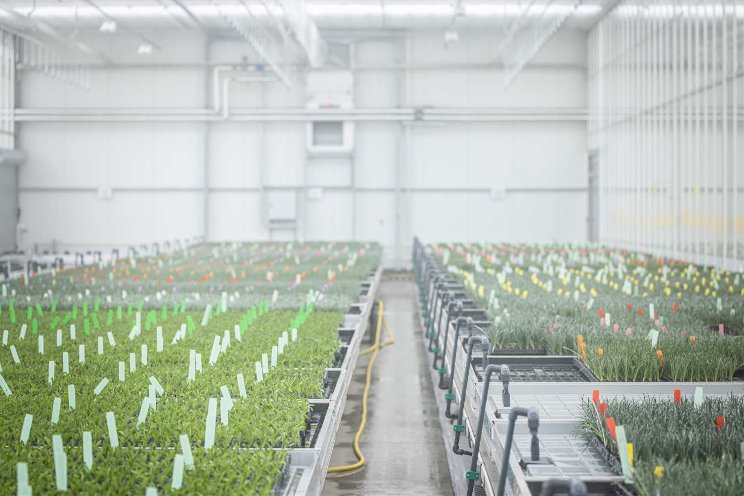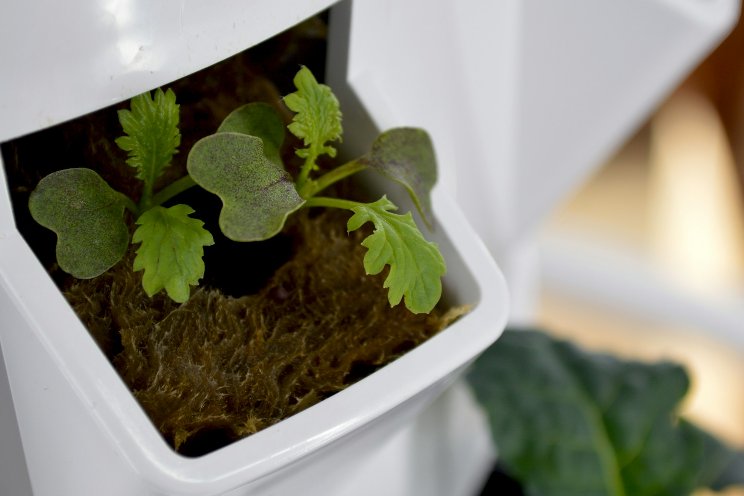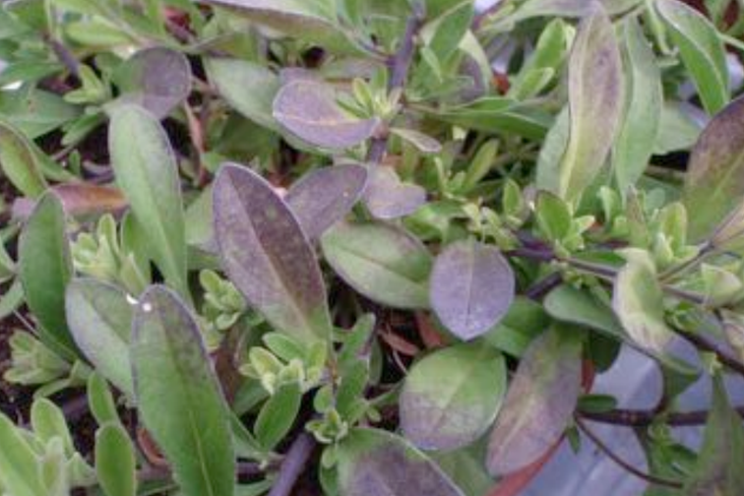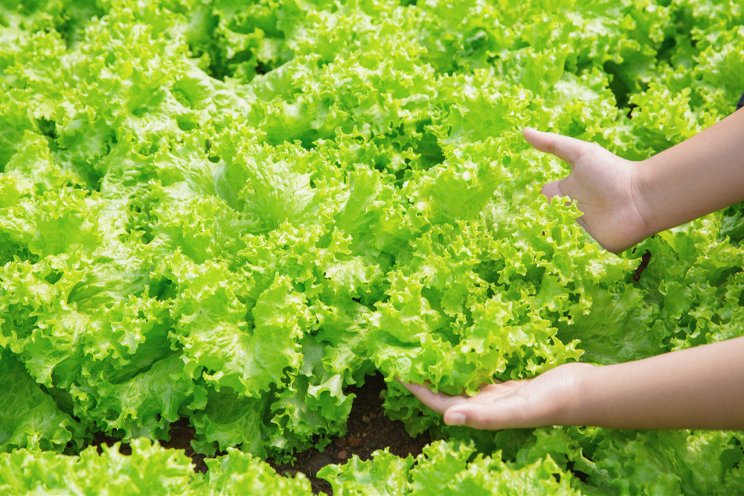Everything about growing jasmine indoors
Added on 29 November 2020
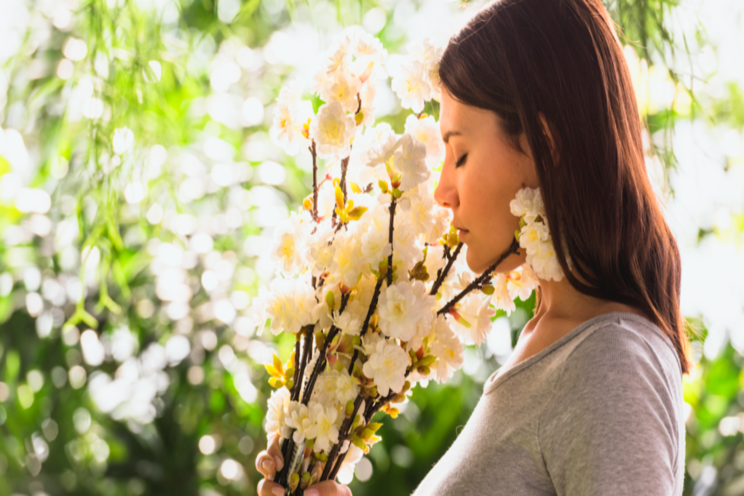
Click here to watch the short video of growing jasmine indoors.

Photo by Simon Rae on Unsplash
Even though they come in many varieties, Hachadourian shares that they all are "celebrated for the powerful sweet fragrance produced by the mostly white star shaped flowers on vining or shrubby plants." You can even purchase some affordable, ready-to-bloom varieties that "appeal to the home throughout the winter months and are a perfect gift idea for flower gardeners," YouTube creator, Tonya Barnett of FRESHCUTKY Cut Flower & Vegetable Garden, says. Here, our experts break down the best ways to grow and care for indoor jasmine plants.
Growing Jasmine Indoors
"Jasmines do best in a bright, sunny location potted in a slightly acidic, well-drained soil with good organic content," Hachadourian says. While jasmine should get at least six hours of sunlight each day, Barnett adds that it should be strong, indirect light. Also keep in mind that you can cut back on the feeding and fertilizing process during the winter since the growth slows down during that time. And don't forget to make sure it's in the proper planter. "Hanging planters are popular, as they allow for vines to cascade from containers, creating a unique and striking visual effect," Barnett says.
Since jasmine grows rapidly, pruning will be a necessary step to keep the plant in shape, encourage branching, and help them bloom. The best time to prune them is just after flowering, the garden experts say. Shortly after your indoor jasmine plants start flowering, you will need to prune back by half an inch (there should be at least three to six sets of leaves on each branch). You can train vining jasmine species on a trellis or allow them to cascade out of a basket. "Shrubby species like Jasminum sambac should be only pruned in late spring and mid-summer to encourage more branches and flower buds over time," Hachadourian adds. "You will definitely need some space to allow them to mature, but the intoxicating fragrance is absolutely worth it." As the fall season nears, you can then stop pruning and let the plants experience cooler temperatures so the buds can set—especially Jasminum polyanthum. Evening temperatures from about 50 to 55 degrees are best to encourage flower buds.
The Best Jasmine Varieties
Within the jasmine varieties, there are actually a few that suit indoor gardening best—starting with Jasminum sambac. This indoor jasmine plant is known for its classic fragrance that you'll likely recognize. "The cultivar Grand Duke of Tuscany with double flowers is one of the best for fragrance and flowering," Hachadourian says. "This is a strong grower with stiff upright stems that benefit with seasonal pruning to control their height and encourage branching for more flowers." This plant blooms during the summer and flourishes in hot, humid conditions. You can also try out the cultivar Maid of Orleans, which is also great for indoor gardening.
Jasminum polyanthum is also a popular choice, and it just so happens to be Hachadourian's favorite. "In late winter to early spring, pink tinged buds open into a profusion of white star-shaped blooms with a powerful, sweet fragrance," the garden expert says. "This jasmine does need a cooler period to initiate blooms, but the amazing floral display makes it worth the effort." This vining plant thrives in a hanging basket or on a decorative trellis and blooms during the winter. Barnett adds that this variety can produce flowers from late December into March. Finally, the Jasminum grandiflorum is another fragrant option that blooms on and off during the year. A plus about this species? It's semi-deciduous, so it is easy to grow since it loses its foliage for a short period when new growth is coming in.
Harvesting Jasmine
"Harvesting and processing jasmine for jasmine tea and other uses can be time consuming," Barnett says. "First and foremost, those wishing to do so will need to make absolutely certain that the correct type of jasmine is grown (true jasmines are the correct variety)." She notes that some "jasmine" plants could belong to different plant genuses that are in fact dangerous to eat or drink.
You will need to pick the jasmine plant as soon as they open—simply place the flowers in a cool location with solid airflow to dry them. "Once fully dried, the jasmine petals can be used to scent various tea leaves, infused into syrups, drinks, or more," she says. Picking your own jasmine flowers is a plus in this instance since you can make sure that the plant is pesticide- and herbicide-free.
Source: Martha Stewart
Photo created by freepik
Source: Martha Stewart
More news
